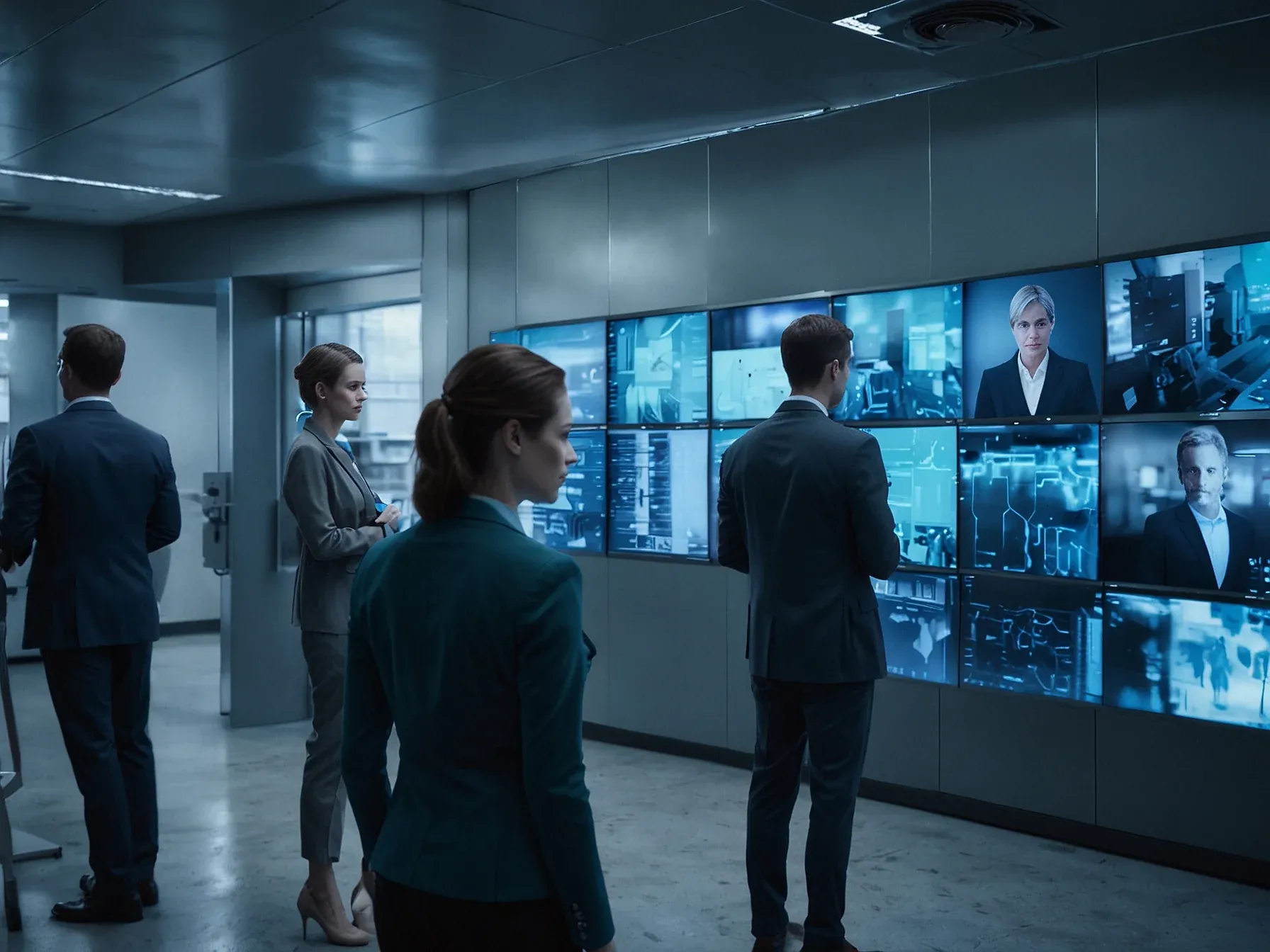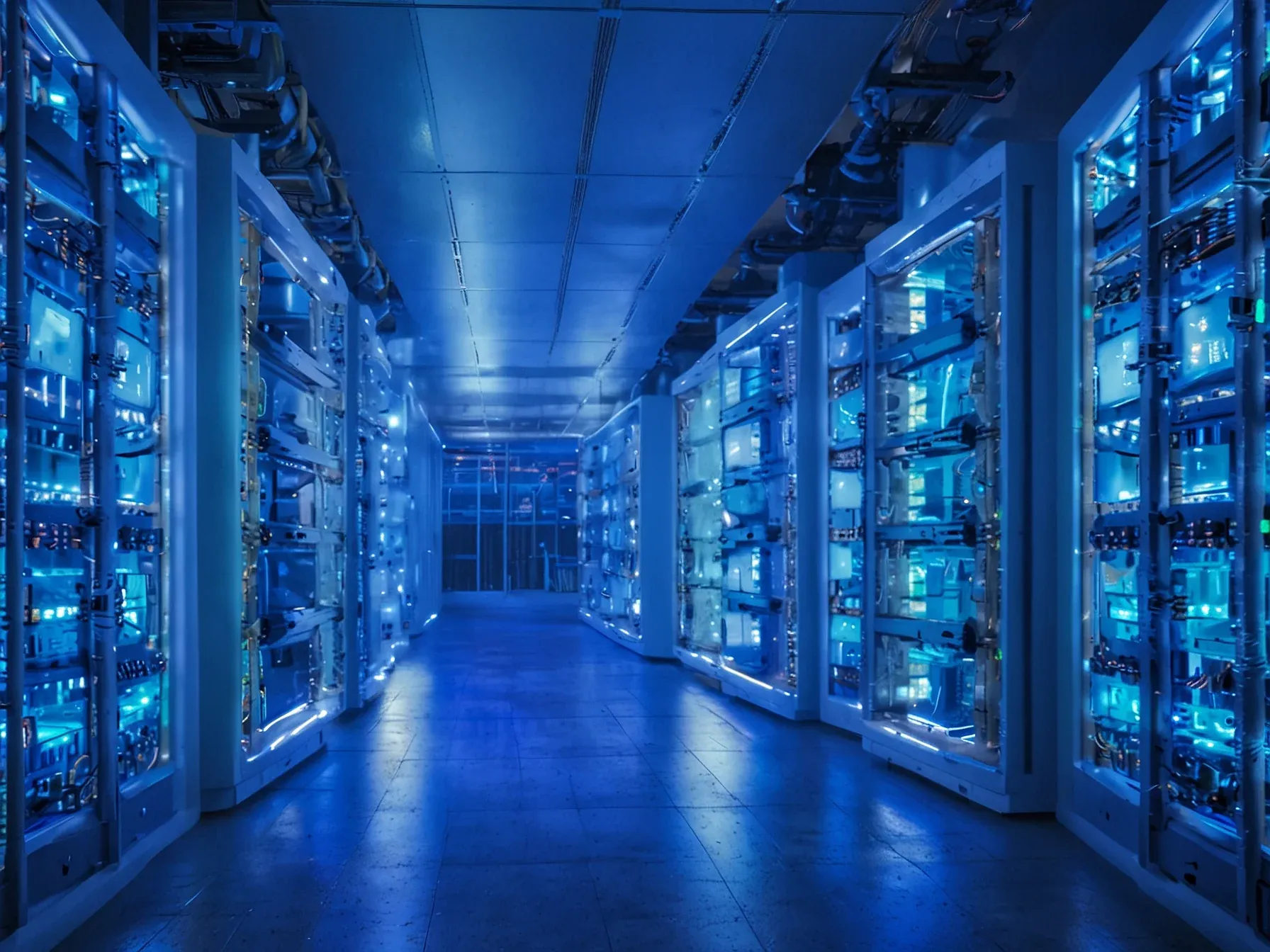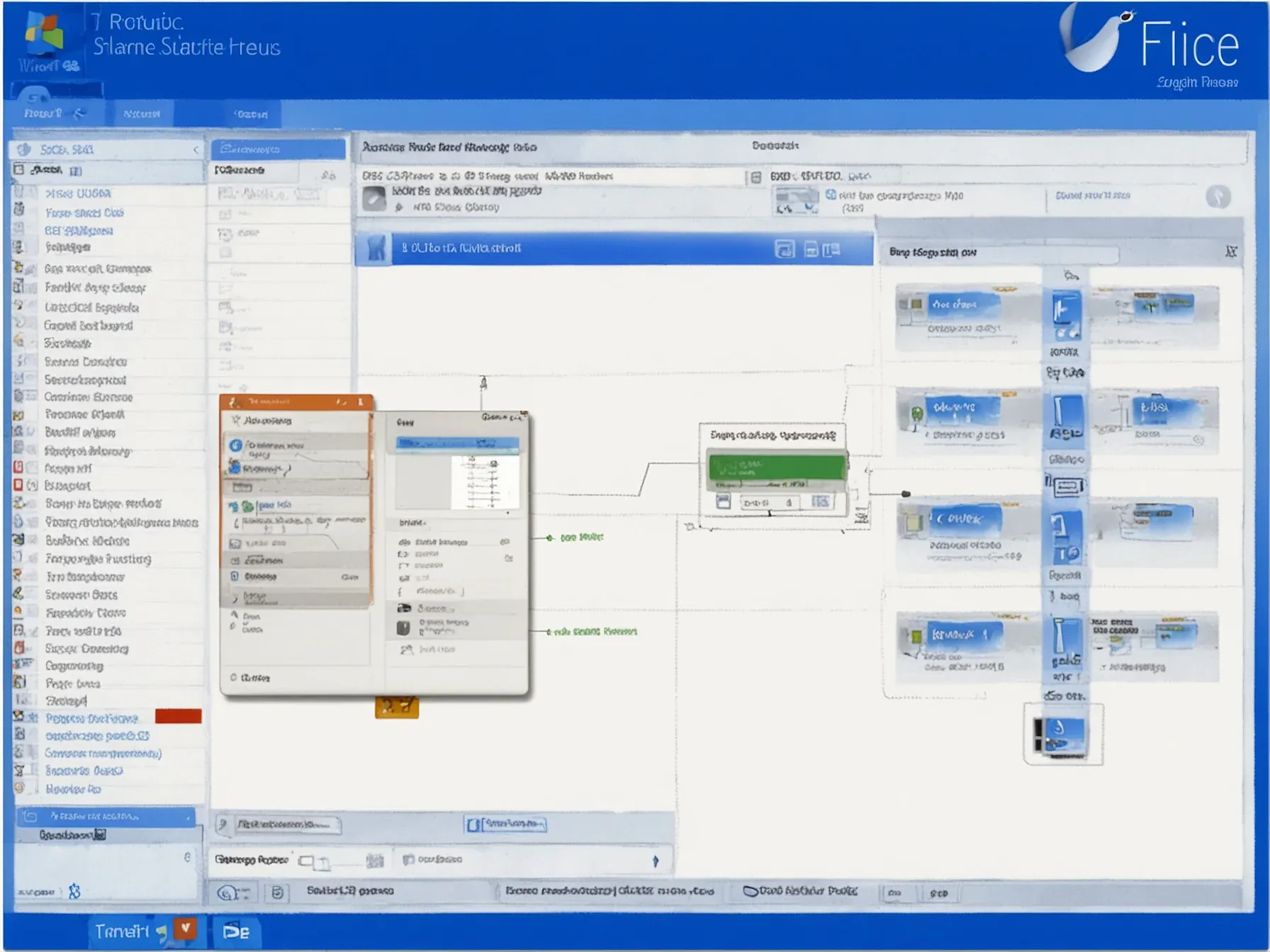
Translate AI Skills into Real Impact to Move From Replaceable to Indispensable
In the rush to add AI tools to a résumé, many professionals stop at the tutorial stage. The real test shows up on the job floor, where projects demand more than button‑click proficiency. While the tech is impressive, it’s the ability to weave those capabilities into measurable results that separates a fleeting skill set from a career‑long asset.
Here’s the thing: businesses aren’t just looking for people who can fire off a prompt; they need workers who can anticipate how an algorithm will shift a product roadmap, a sales funnel, or a cost structure. The difference between a role that can be outsourced tomorrow and one that becomes a strategic anchor often hinges on that adaptive mindset. As the headline suggests—moving from “replaceable” to “indispensable”—the path isn’t about mastering a single platform.
It’s about reshaping how you think about problems, then letting AI amplify the solution. That’s why the next point matters.
When you can translate AI's capabilities into practical impact within your field, you shift from replaceable to indispensable. // Develop Adaptive Intelligence, Not Just Technical Skills Learning to use AI tools is the easy part. Developing the kind of adaptive intelligence that keeps you relevant when tools evolve is the real challenge.
Adaptive intelligence means thinking critically, questioning systems, and redesigning your approach as technology shifts beneath you. It's about flexibility of thought, not just technical proficiency. AI changes what skills matter, but not why they matter.
The professionals who thrive are the ones who can interpret, contextualize, and challenge the data AI delivers.
So, what’s the takeaway? If you can turn AI’s raw power into tangible results, you move from replaceable to indispensable. Learning the tools is the easy part; the hard part is cultivating adaptive intelligence that keeps you relevant as the technology evolves.
Will every professional manage that shift? Unclear whether the market will reward those who simply adopt versus those who truly integrate AI into their workflow. The article suggests collaboration, not competition, as the path forward, yet it offers no concrete roadmap for measuring impact.
Consequently, the promise of monetizing AI skills hangs on an individual’s ability to translate theory into practice. Readers are left with a clear prescription—focus on practical application—but without data on how quickly such a transition can happen. In short, the argument is compelling, but the evidence remains thin, and the timeline for becoming “indispensable” is still uncertain.
Further Reading
- 5 Impacts of AI in the Workforce - Cengage Group - Cengage Group
- The 2025 AI Index Report - Stanford HAI
- The effects of AI on firms and workers - Brookings Institution
- AI Jobs Barometer - PwC - PwC
- The State of AI: Global Survey 2025 - McKinsey - McKinsey
Common Questions Answered
How does translating AI's capabilities into practical impact shift a professional from replaceable to indispensable?
When you can turn AI's raw power into measurable results, you demonstrate value that goes beyond simply firing prompts. This practical impact shows employers you can anticipate algorithmic shifts, making you a strategic asset rather than a replaceable operator.
Why is developing adaptive intelligence considered more challenging than merely learning AI tools?
Learning to use AI tools is straightforward, but cultivating adaptive intelligence requires ongoing critical assessment and redesign of methods. As tools evolve, only those who can continuously rethink their approach stay relevant, which is far more demanding than basic tool proficiency.
What role does critical thinking play in adapting to evolving AI algorithms on the job floor?
Critical thinking enables professionals to question AI outputs, identify biases, and adjust strategies as models change. By applying this mindset on the job floor, workers can ensure AI supports business goals rather than becoming a blind automation.
According to the article, why is collaboration preferred over competition when integrating AI into workflows?
The article argues that collaboration allows teams to share insights on AI integration, reducing duplication and fostering collective learning. Competition, on the other hand, can lead to siloed experiments that waste resources and hinder the broader adoption of effective AI practices.



